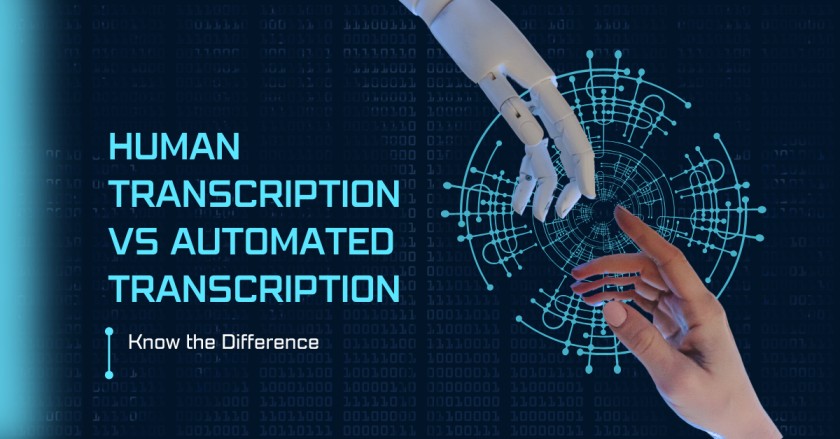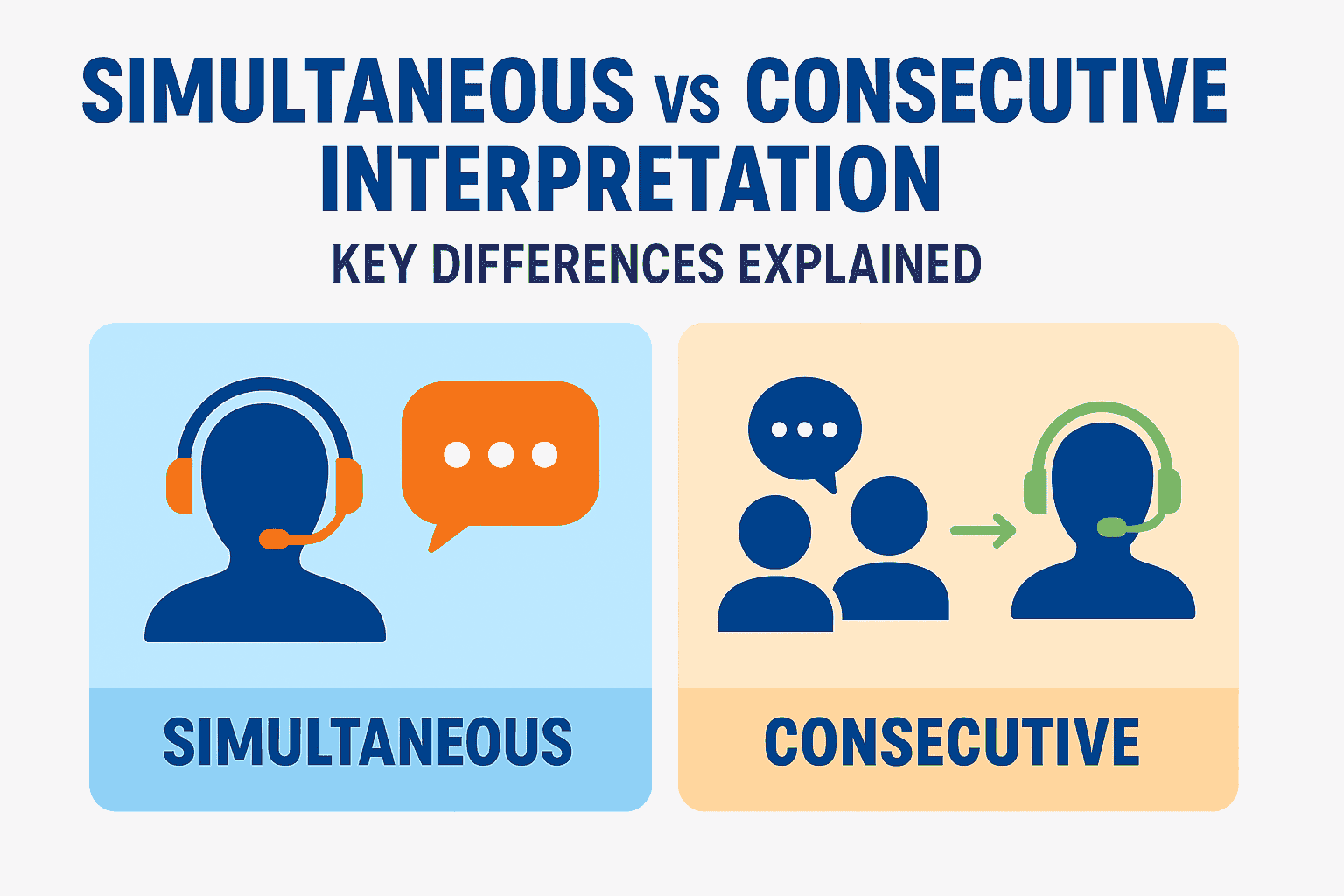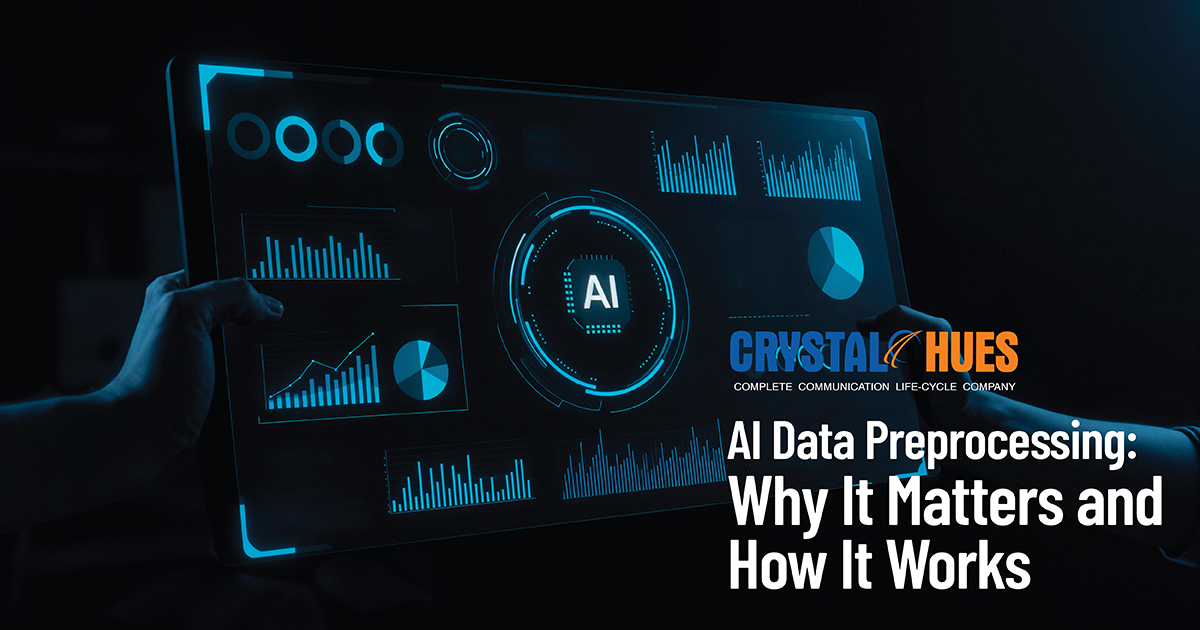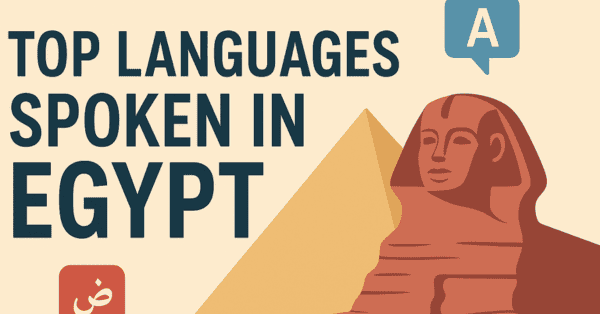
Human Transcription vs Automated Transcription:Know the Difference
The demand for transcription services has
increased dramatically in many sectors such as healthcare, education, and
entertainment. Because there is so much content being made all the time and
contact around the world is becoming crucial, turning spoken words into written
text is necessary for accessibility, documentation, and reusing content.
Two
separate transcription methods—human transcription and automated
transcription—have evolved out of this increasing demand. In today's
communication landscape, each approach provides distinct benefits and serves a
specific function.
Read the article to understand the two
transcriptions methods, their major differences and what type of transcription
style can benefit you.
Human Transcription
Human transcription is the process by which
skilled experts manually translate audio or video input into written text. The
cognitive ability, contextual knowledge, and language expertise of these
excellent transcriptionists allow them to deliver transcriptions that are
accurate and sophisticated. They can decipher many accents, grasp difficult
vocabulary, and catch minute subtleties in dialogues that could be lost in
automated systems.
Characteristics of Human Transcription
Expert transcriptionists specialise in
managing technical jargon, industry-specific vocabulary, complex audio with
several speakers, and technical language. Based on the client's needs, they can
wisely decide whether to include or exclude vocal fillers and precisely
identify speakers and analyse emotional undertones. Human transcriptionists
also excel in keeping uniformity in formatting, following certain style
guidelines, and adjusting to unique customer preferences.
Human Transcription Applications
Some events because of their increase
utility, such as legal proceedings, doctor appointments, and academic surveys
require human transcription. For example, judicial depositions require detailed
notes that include speaker identification and emotional descriptions. Likewise
medical transcriptionists translate doctor-patient visits into appropriate
medical action accounts to maintain the correct medical terminology and
context.
Automated Transcription
Automated transcription entails the
creation of plain text from audio feeds with the help of artificial
intelligence and speech recognition. These systems rely on complex computations
with the help of several samples where a speaker’s pronunciation is analyzed
and converted into written words. As time progresses, and the technology
advances, automated transcription will offer precise results with standard
accents and low levels of background noise.
Characteristics of Automated
Transcription
The primary advantages of automated
transcription is related to their efficiency and affordability. These systems
are ideal for jobs where you can process hours of audio in a few minutes. They
run around-the-clock, produce quick findings, and give scalability for lots of
material. Many automated systems additionally provide timestamps, basic
formatting settings, and speaker identification.
Automated Transcription Applications
Automated transcription is especially helpful
for content creators, journalists, and enterprises that require short
turnaround times. While companies might use it for internal meeting notes or
preliminary transcripts that will be evaluated later, YouTube creators often
employ automatic transcription to provide subtitles for their videos.
Key Differences Between Human and
Automated Transcription:
1. Levels of Accuracy: Human
transcriptionists usually get accuracy rates of 98–99% or higher, even when
things are tricky. Usually offering 80–95% accuracy, automated transcription varies
greatly depending on background noise, accentuation, and audio quality.
2. Handling Complex Audio: Humans are very
good at transcribing audio with background noise, multiple voices, heavy
accents, and technical terms. Automated systems frequently struggle with these
issues, potentially resulting in confusing or inaccurate transcriptions.
3. Context and Nuance: Human
transcriptionists grasp industry-specific language, cultural references, and
context and nuance. About formatting and punctuation, they may make informed
choices. Automated methods may overlook these nuances, producing literal but
maybe erroneous transcriptions.
4. Cost and Time Considerations: Generally
speaking, automated transcription offers almost instantaneous results and is
more cost-effective depending on time constraints. Human transcription provides
better accuracy and quality assurance even if it is more costly and
time-consuming.
Human transcription stands out in
high-stakes situations where accuracy and confidentiality are absolutely vital.
Legal procedures call for court-admissible documentation; medical experts rely
on exact transcription for patient records.
On the other hand, automatic transcription
works best when speed is more important than accuracy. It's perfect for
personal notes, preliminary drafts, simple meeting minutes, short subtitles for
video providers, and internal documentation that doesn't require precise
correctness.
Final Verdict
The requirements of the project, financial
limitations, and quality standards all influence the decision on human or
automated transcription. Although automatic transcription keeps becoming better
and provides a quick answer for simple transcribing requirements, human
transcription is still rather valuable for projects needing great accuracy,
contextual knowledge, and handling of difficult material.
A multifaceted strategy usually proves most
successful for companies and people looking for transcription services. While
human transcription guarantees accuracy for crucial works and professional
publications, automated transcription can be a test run for fast reference or
internal use.
Both methods will keep changing as
technology gets better, but human transcriptionists will always be needed for
many tasks because they can understand context, deal with complexity, and ensure
accuracy.
Using the strengths of both methods—the
efficiency and scalability of automated systems mixed with the accuracy and
knowledge of human transcriptionists—will help to define the direction of
transcription services. This synergy guarantees that customers get the best,
cost-effective solution for their unique transcription requirements.



